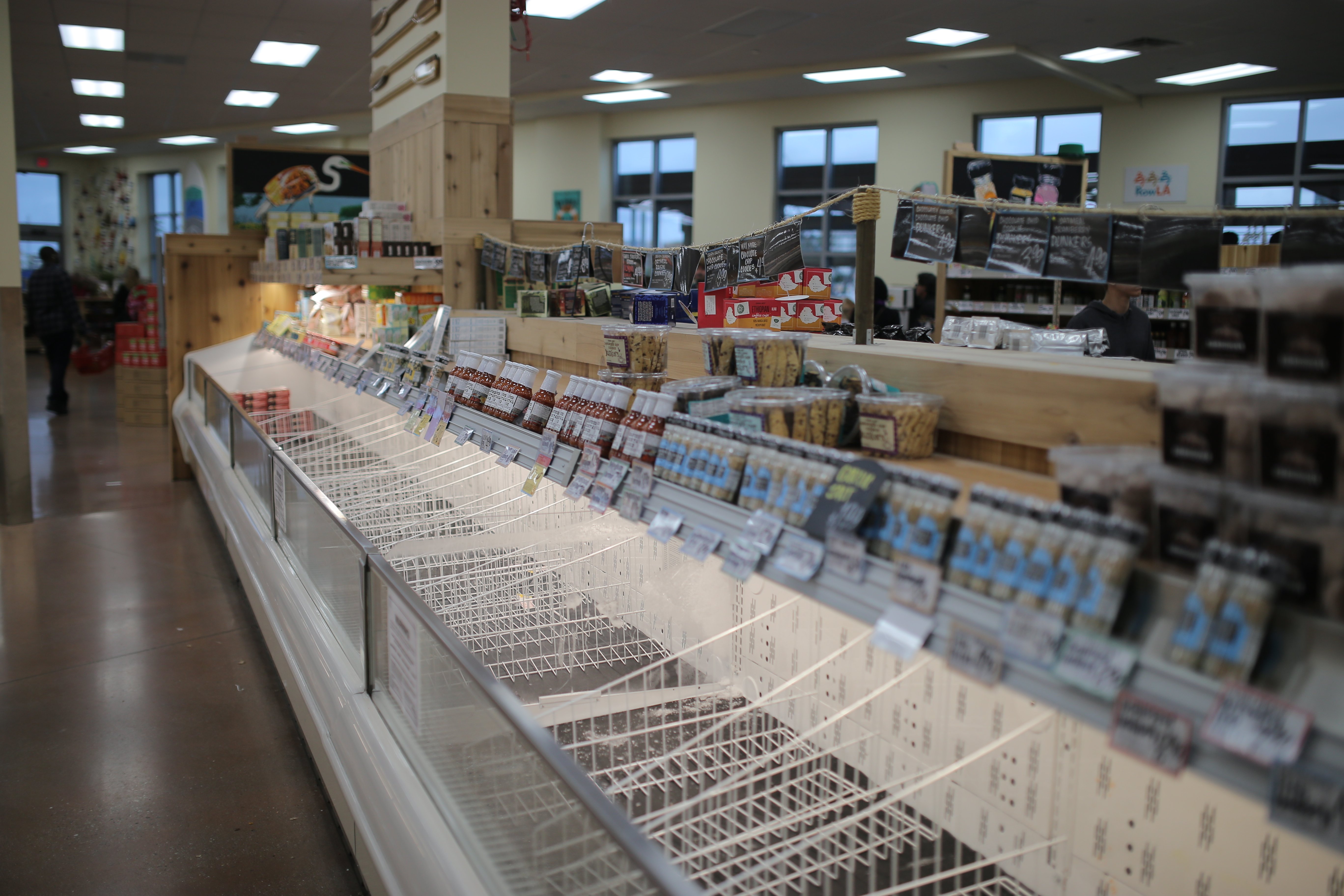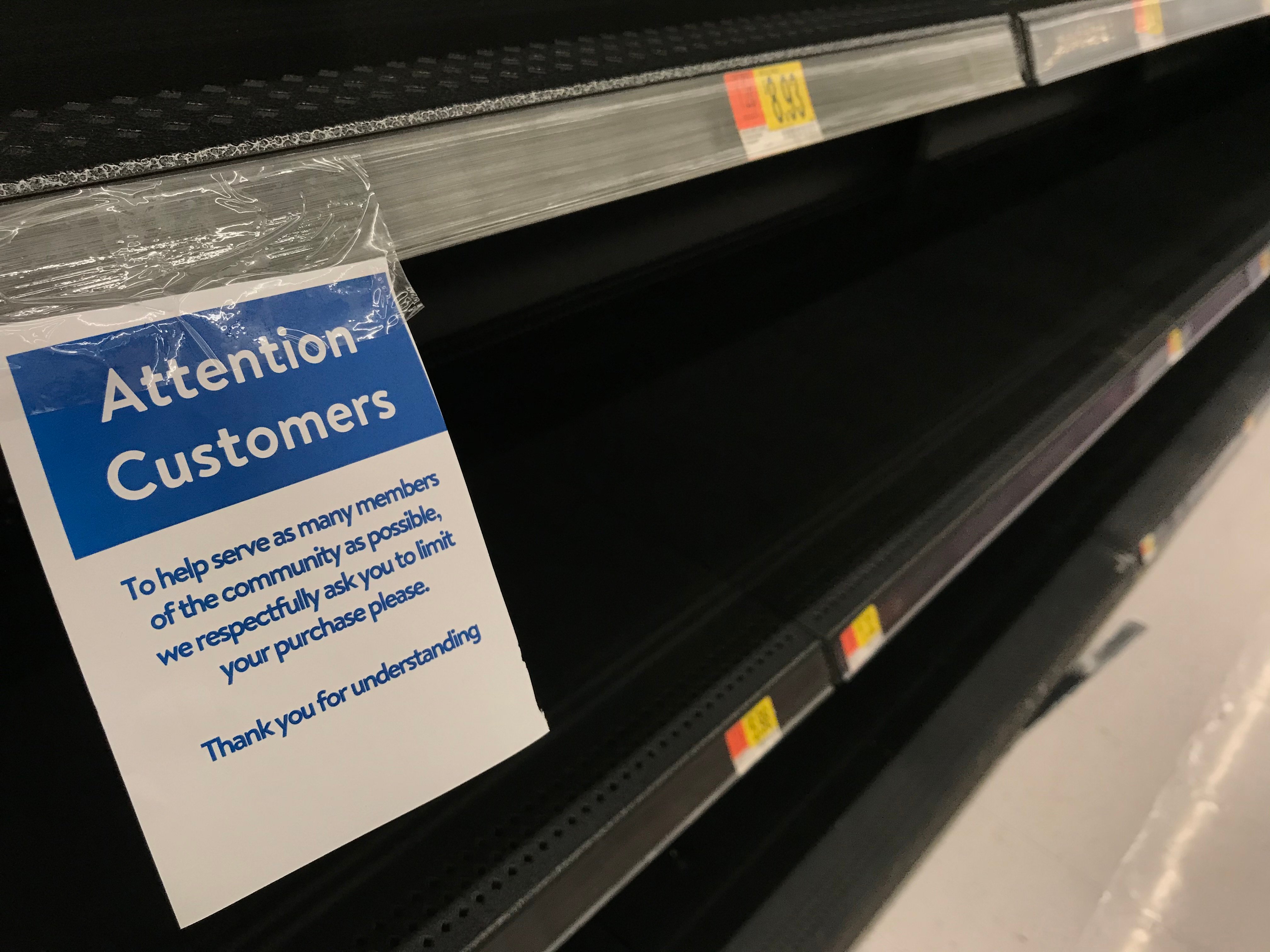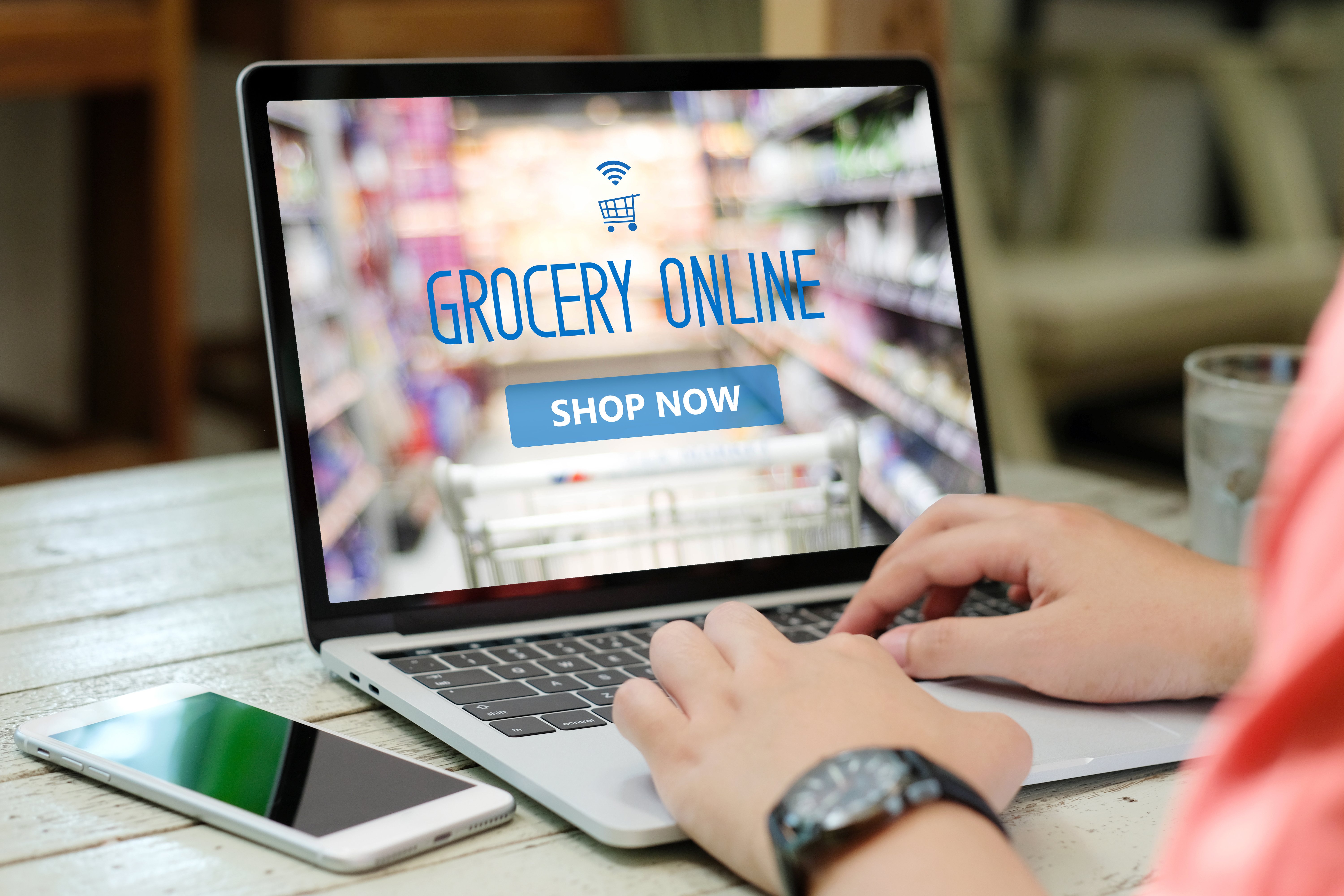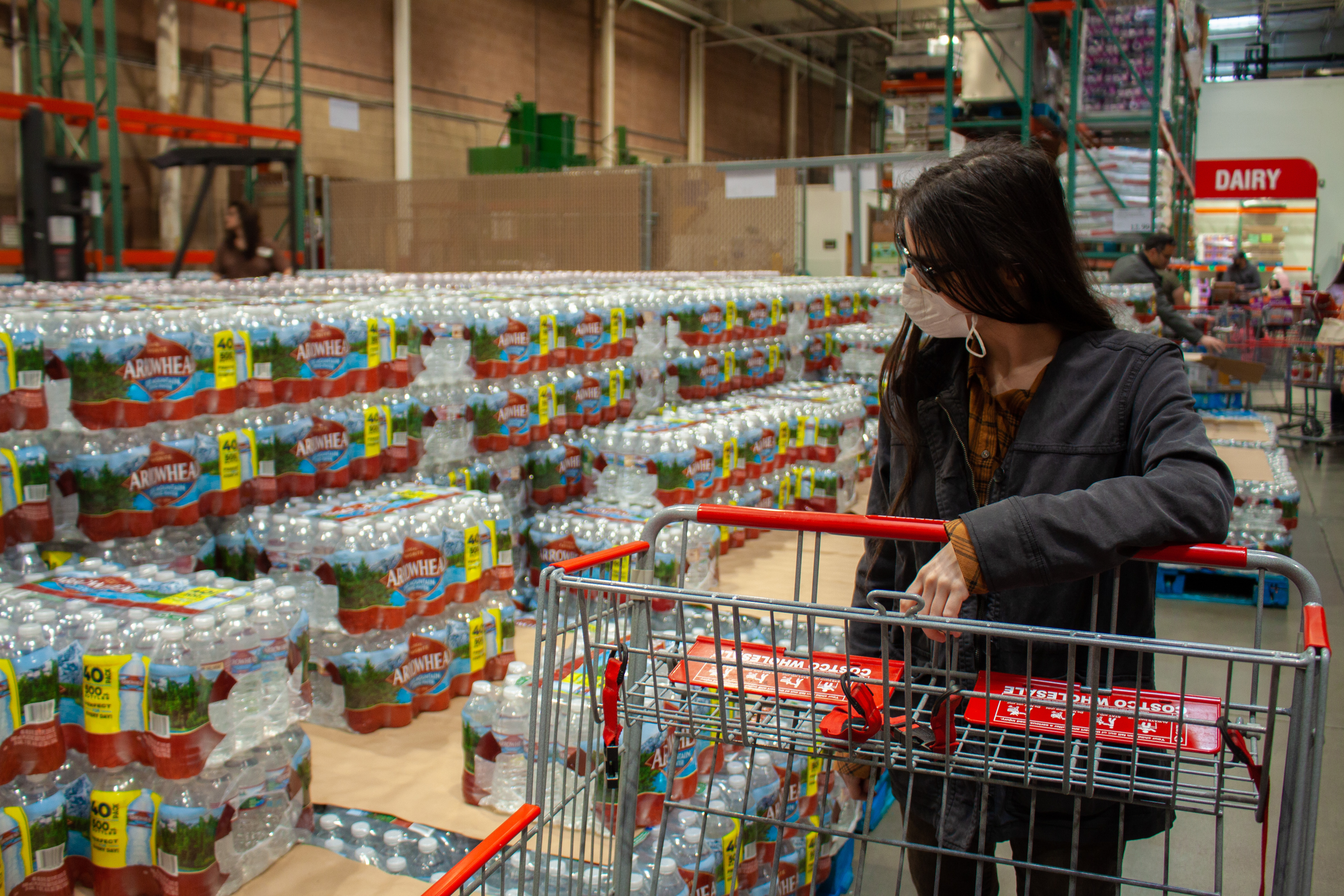Whether you work in the grocery industry or just rely upon it, it is at the top of your mind right now owing to the vital role it plays in keeping everybody fed and safe in the midst of what is becoming our new collective nightmare. It is a national barometer telling us how panicked people have become and how much they are already altering their routines; grocery stores have also become a flashpoint where these changes play out before us. Every day for the past couple of weeks, news outlets report on the chaos unfolding and how different grocery stores are rising to the challenge.
But we have to start separating hypothesis from conclusion, instinct from data, and signal from noise. As this pandemic has unfolded, we’ve been putting in the grocery industry market research to begin to offer data-driven insights to our grocery clients. Here, I will be positioning some of our most recent survey data with current events to help us outline industry news, consider how much consumers have begun to shift their shopping habits, and look at some of the steps grocers are taking to ensure customer safety and continued stability in what are truly unprecedented times.
In short, according to our data, we are seeing that the majority of consumers are not drastically increasing or decreasing the amount of time they spend in stores, that consumers have not migrated to grocery delivery as much as has been assumed, and that consumers are waiting for a break in the virus, not its entire eradication, before feeling things have returned to normal.
Let’s take a look and, as always, stay safe and sane!
The Grocery Industry as Ground Zero
First, a quick report from the frontline: On Monday, looking to spare my elderly grandmother and my aged mother (she’s 65, but don’t you dare call her elderly!) a trip to the grocery store, my man and I dutifully headed out to the local Grocery Outlet at my normal shopping hour, roughly 10am. There were shortages and rationing, to be certain, and there was an obvious tension shared by customers and employees alike. But it was not chaos--we have yet to reach Lord of the Flies territory, and though it wasn’t pretty, it wasn’t ugly either.

Nonetheless, it’s a stressful time for everybody. Consumers face an uncertain next few weeks that threaten to reshape their lives and are looking for control in an uncontrollable time by ensuring their household has the staples it needs to ride out the storm. Employees are working long hours and putting themselves at relatively greater risk in order to ensure their customers can find that security. And grocery stakeholders are struggling to shore up their supply chain, protect their customers and employees from COVID-19 as much as possible by ensuring in-store best practices, and protect their employees and shareholders by ensuring their business remains solvent and their brand healthy.
Just some of the things we’ve seen over the past few days in the grocery industry:
- Grocers are installing plexiglass dividers to keep their staff safe and stores open.
- Stores are offering special morning hours exclusively for seniors and at-risk populations, allowing them a more socially distant shopping experience while giving them as disinfected a store as possible.
- Major grocery chains are encouraging social distancing with marked wait points designed to keep consumers six feet apart while in line and signage encouraging them to do so throughout the store.
- Cops are literally patrolling the toilet paper aisles of major supermarket chains to keep a lid on conflict, abuse, and other unseemly human behaviors that tend to surface during a crisis.
- One San Jose grocer decided to close out of an abundance of caution after an employee tragically died from infection. Sadly, this scenario is likely to repeat itself in the weeks ahead.
- And as for today’s worst of the worst, teenagers, it seems, are recording themselves coughing on produce, blatantly endangering public health for some views and likes (I never thought I’d long for the simpler days of the Tide-pod challenge). Hopefully this scenario never repeats itself again.
So, anecdotally and from any cursory glance of today’s news, each and every one of us can tell you that it is crazy out there. Whatever is happening with consumer spending during this unprecedented time, it is obvious to anybody looking that these are not normal shopping habits we are witnessing in our local stores.

COVID-19 Grocery Industry Market Research
But this is where grocery industry market research rubber hits the current events road, because like any good market researcher, we wanted to get some data around these trends to give us a clearer picture of what, exactly, we are looking at. So, over the weekend we ran a quick survey asking our respondents to tell us how, if at all, their in-store and online grocery shopping has changed since COVID-19 began to dominate our daily lives.
Some of their answers may surprise you as they suggest that, for all the hoarding and crowding, the majority of customers have yet to reshape their in-store shopping frequency and surprisingly few have migrated their grocery purchases online.
Of note:
- 30.7% of consumers have decreased the amount of time they are physically spending in grocery stores whereas 17.9% have actually increased time in-store.
- So far only 7.2% of respondents claim that they have increased their online orders from grocery stores and 20.7% of respondents say that they have actually decreased spending via delivery orders in the wake of COVID-19.
- 76.1% of consumers who have changed their shopping behavior in recent days said they would be unlikely to return to normal shopping habits until the spread of COVID-19 begins to decrease, and 22.5% of consumers won’t return to normal grocery shopping behavior until COVID-19 is completely eradicated.
There is a difference between spending time in stores and spending money, of course, and these numbers tell us that roughly one-third of consumers are reducing their in-store time by limiting their shopping trips, but most have yet to shift their purchasing platform to entirely digital. While many may reflexively assume hordes of shoppers are migrating their purchase online amidst this upheaval, this tells us that people are likelier to have decreased, not increased, their online spending.

Of course, the news has been dominated by reports of grocery delivery blackouts and delays, so it makes sense that regular delivery users are finding it harder to continue as such, meaning conversion of new customers is challenging even when they want the service. Furthermore, people often maintain familiar routines when faced with a crisis, so this slow transition is understandable and will warrant close scrutiny over the next couple of weeks as delivery operations smooth out and the actual duration of our lockdown becomes clearer.
Perhaps more pressingly, however, among people who had shifted their shopping behavior in recent days, more than three-quarters plan to keep this shift in place until they feel the threat has decreased; this is markedly different from planning to wait it out until the virus is entirely eradicated. As we have learned from previous viral outbreaks, a virus is never entirely eradicated but rather is offset by herd-immunity and better addressed when the healthcare system is not crushed by the outbreak.
Reassuringly for grocers (as well as retailers and food service providers), customers seem to understand the distinction, waiting until they hear an “all clear” rather than waiting until reports of coronavirus’s demise (which would be premature).
A Return to the Abnormally Normal
But, for the time being, things are far from normal. In my neighborhood, local restaurants have temporarily converted themselves into small corner markets, selling the ingredients they would otherwise be using to fill their dinner rush. This allows them to be of service to the community that has supported them, providing much needed staples during a time of panic and shortage, while also helping them fill the gap between expected sales and actual revenue after restaurants were shuttered, avoiding the total loss that perished foods represent. Grocers need not worry about the competition--right now we need to get creative and flexible--but it does serve to remind us how quickly things have changed.
And with that, I will leave you for the day. Believe it or not, today is your humble blogger’s birthday, and jazz and whiskey on the balcony wait for no man. Coronavirus is changing everything around us, but for the next few hours, my man and I will be doing our best to stay the same.
Check back soon for a practical guide to best in-store sanitation practices, solutions to keeping your brand health intact during the crisis, as well as COVID-19 market research news related to food service, retail, telecom, and transportation.


